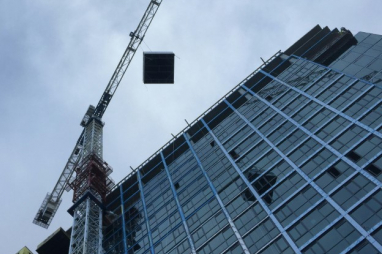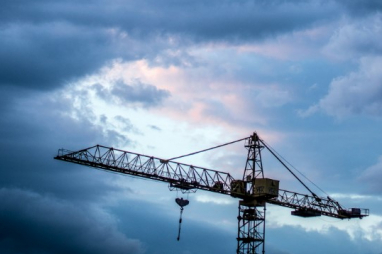- Air Jordan 4 Retro Off - CV9388 - White Sail - 100 - Jordan Brand quietly slipped in a new rendition of the low-top
- nike huarache 2004 black mustang gt manual South Beach CZ0328 - 400 2021 Release Date Info - nike huarache 2004 black mustang gt manual , IetpShops
- Manor PHX – Cheap Ietp Jordan Outlet , Костюм спортивний adidas Eqt , Premium Footwear & Streetwear Boutique
- Axel Arigato Men's Bird Tape Sneakers in Cremino, women and kids • Hanbags and accessories
- bb8587 adidas women sneakers new release
- air jordan 4 og fire red DC7770 160 release details price
- Air Jordan 1 Satin Black Toe CD0461 016 2019 Release Date 4
- nike air force 1 boot cordura black wheat university gold do6702 001
- Air Jordan 3 Rust Pink CK9246 600
- 554725 113 air jordan 1 mid white black 2020 for sale
- Home
- News and analysis
- Info hubs
- Events
- Video
- Case Studies
- About us
- Magazine
- Advertising
Produced for the industry by the Association for Consultancy and Engineering
Construction returns to growth, says PMI

The construction sector returned to growth in March, according to the latest PMI report.
The slight increase in total industry activity ended a six-month period of decline.
Survey respondents commented on a turnaround in sales pipelines and greater new business enquiries linked to the improving economic outlook and more stable financial conditions.
Adding to signs of a recovery in construction sector performance, new orders expanded at the fastest pace since May 2023.
But construction companies remained cautious about staff hiring, with employment numbers falling for the third month running in March.
The headline S&P Global UK Construction Purchasing Managers’ Index™ (PMI®) – a seasonally adjusted index tracking changes in total industry activity – rose from 49.7 in February to 50.2 in March.
Any reading above 50.0 indicates an overall expansion of construction output.
Although signalling only a fractional rise in business activity, the index was at its highest level since August 2023.
Civil engineering was the best-performing segment in March, as output levels increased at a marginal pace.
Panel members cited increased work on infrastructure projects and resilient demand in the energy sector.
House building and commercial construction activity were both broadly unchanged in March. The stabilisation in residential work represented the best performance for this category since November 2022.
March data pointed to a moderate increase in new work received by construction companies. The rate of expansion accelerated since February and was the strongest for 10 months.
Anecdotal evidence pointed to a general rise in new project starts and greater tender opportunities across the construction sector so far in 2024.
In contrast to the positive trends for output and new orders, latest data signalled another reduction in staffingnumbers.
That said, the rate of job shedding was only marginal and eased since the previous month.
At the same time, sub-contractor usage was stable in March.
Construction companies remain upbeat about their prospects for business activity in the next 12 months.
Around 49% of the survey panel anticipate a rise in output levels, while only 11% predict a decline.
But the degree of optimism eased since February and was the lowest in 2024 to date.
Survey respondents typically commented on stronger order books and hopes that broader market conditions will continue to improve, especially in relation to house building projects.
Meanwhile, political uncertainty, squeezed margins and financial pressures were cited as factors weighing on optimism.
Tim Moore, economics director at S&P Global Market Intelligence, which compiles the survey, said: "UK construction output returned to growth in March as a renewed expansion of civil engineering work was supported by more stable conditions in the housing and commercial building segments.
“The marginal overall rise in total construction activity ended a six-month period of contraction.
"The near-term outlook for construction workloads appears increasingly favourable as order books improved again in March and to the greatest extent for just under one year.
“Construction companies generally commented on a broad-based rebound in tender opportunities, helped by easing borrowing costs and signs that UK economic conditions have started to recover in the first quarter of 2024.”
Brian Smith, head of cost management at global infrastructure consultancy AECOM, said a return to growth, combined with potential rate cuts by the Bank of England, should give contractors reason to be cautiously optimistic about their prospects this year.
“The construction industry’s slump has thankfully stopped short of the seven-month mark, in time for more favourable weather conditions and with some of the financial pressures it has faced in recent times easing,” he said.
“With inflation continuing to fall, the Bank of England has opened the door to rate cuts anticipated in the next few months, easing finance costs which will boost the willingness of developers to push forward with paused projects.
“There remain challenges for construction firms in the short term.
“An increasingly competitive tendering market is expected to remain for rest of this year and, although some input costs are falling, labour shortages and the resulting price rises are challenges that will remain.”
PMI data was collected from March 12-27.





